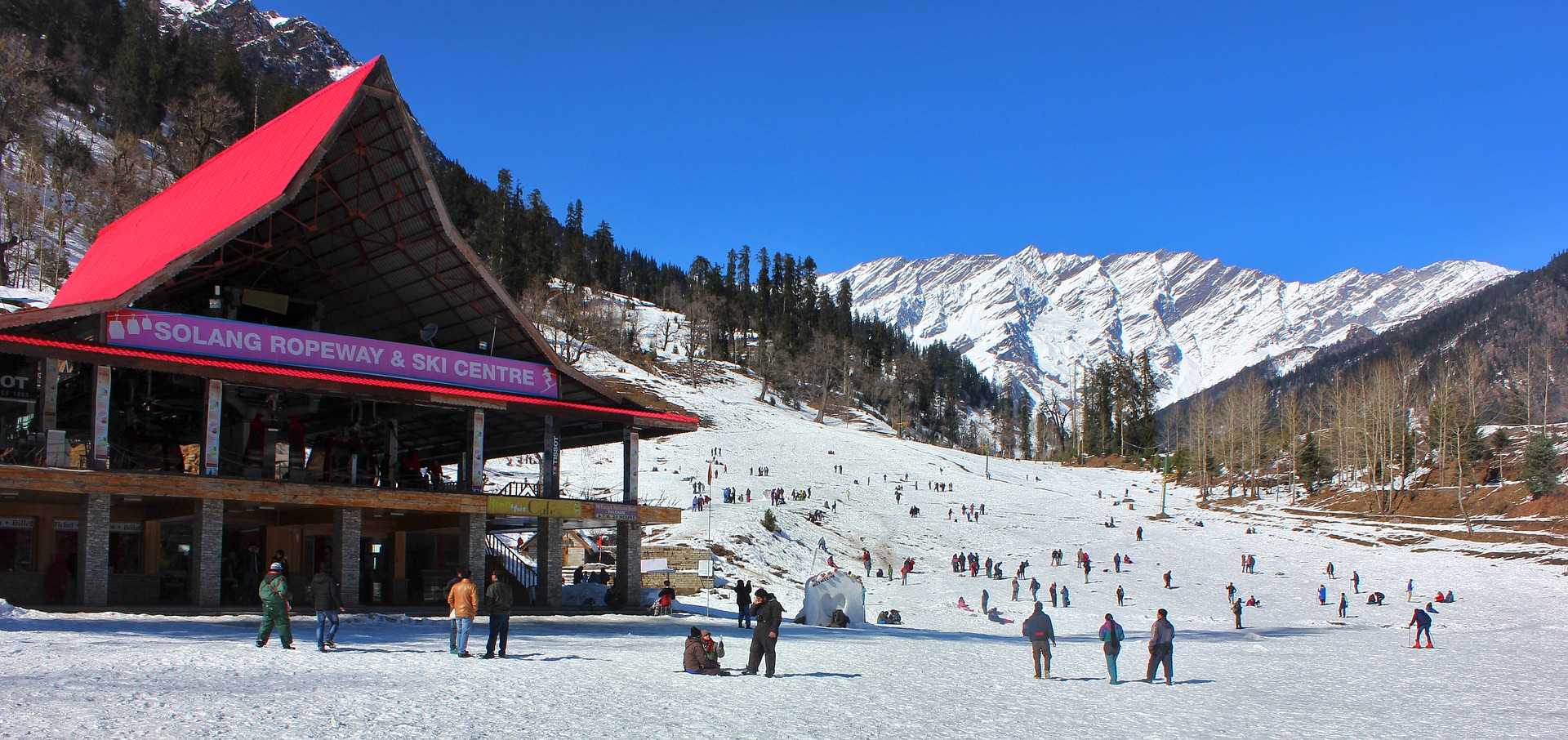
Things to do in Kareri Lake
Kareri Lake Trek is located at an elevation of roughly 2,950 metres in Himachal Pradesh’s Kangra region. If you want to disconnect from your daily routine and reconnect with nature, this is the perfect weekend retreat.
The track continues across a stony grassland with Nyund nallah in the second part. This adventure will take you through a wide range of terrains, from straight roads to river crossings across wooden bridges and steep ascents. After arriving at the lake, spend some time taking pictures before spending another unforgettable night in the lake’s tents.
The Kareri Lake Trek is produced by the flow of water bodies from the Minkiani peak and is surrounded by mountains and alpine woods. The journey to Kareri Lake is one of Himachal Pradesh’s most stunning alpine , passing through verdant meadows and multiple rushing streams. You’ll come across artistic shepherd communities with their own distinct charm. The Lord Shiva temple, which is worth a visit, is another attraction. If you enjoy bird watching, the walk to Kareri Lake Trek certainly pique your attention.There are various bird species to observe. So get your cameras ready for that great shot.
Table of Contents
ToggleFrom via Kareri Village on Day 1:
Pickup will be organised from Dharamshala at 10:00 a.m., followed by a 2-hour journey to Kareri village. Your trek leader will inform you on the hike to Liyoti once you arrive. You can leave your extra luggage at Kareri Villages so that you don’t have to take it with you. It’s a 6-kilometer hike through forest and grassland, with most of the ascent being uphill. On the trip, you will be given a packed lunch, and a cooked lunch will be served at the campsite. We’ll spend the night camping by the river, where you’ll be provided evening snacks and dinner.
Day 2 :- Kareri Lake Trek:
On the second day of the walk, you’ll head to the Kareri Lake Trek, which is about 10,800 feet above sea level. Before you begin your trip, you will be served a hot breakfast with tea. Because of the high slopes, this route will take 4-5 hours to complete. On your way to Liyoti, you’ll pass by several Oak, Pine, and Rhododendron trees. The walk follows the river, which you’ll cross several times. Enjoy the scenery and the beautiful grandeur of the Dhauladhar range when you get to the lake’s edge. For tonight, we’ll be camping here, and your meal will be served at your campsite.
Day 3 :- Kareri Lake to Kareri Village and to Dharmshala :
After breakfast, spend some time touring the areas surrounding Kareri Lake Trek before returning to Kareri Village (breakfast, lunch) and driving to Dharmshala.
How to Get There
By plane:
Gaggal, about 13 kilometres from Dharamshala, is the nearest airport. Air India and Spice Jet flights connect Dharamshala and Delhi via Gaggal airport. Tourists from other regions of India will find it more convenient to fly to Chandigarh and then book a taxi to Dharamshala, which is around 275 kilometres away.
By Rail:
To get to Dharamshala, you can take an overnight train journey. Pathankot, 85 kilometres away, has the nearest major railway station. Pathankot serves as a stopover point for many trains bound for Jammu and Kashmir. To go to Dharamshala, you can either take a taxi or a bus from Pathankot. Kangra Mandir, a tiny railway station 22 kilometres from Dharamshala, also serves the area, but none of the major trains stop there.
By Bus:
Several state-run buses and private tour companies link Dharamshala to Delhi and other cities in Northern India, making it a convenient destination for visitors. The distance from Delhi is roughly 520 kilometres.
The majority of buses stop at the main bus terminal in Lower Dharamshala, however certain public Haryana Road Transport Corporation (HRTC) buses travel all the way to McLeod Ganj’s main square. It takes roughly 13 hours to travel from Delhi during night.
Risk & Respond
Trekking at High Altitudes: Risks and Reactions A high-altitude hike necessitates an adventurous mindset, but going on an exciting excursion without first evaluating the hazards is foolishness. As a result, we’ve highlighted a few concerns along with TTH’s aim to mitigate or handle them as effectively as feasible.
Altitude is a risk: Before you begin the trek, you should be aware of the effects of high altitude on your body. Acute Mountain Sickness (AMS) symptoms include a moderate headache, nausea, and overall discomfort.
Response: If you have any of these symptoms, immediately notify the trek leader and follow his directions. To meet the situation, each campsite contains a stretcher, a fully stocked first aid kit, and oxygen cylinders.
Risk: Weather hazard In the Himalayas, the weather can be erratic. Even if we keep a close eye on the weather, no one can promise that there will be snow, rain, or sunshine. Please keep in mind that your safety is our top priority, and if the weather isn’t cooperating, we will not leave the campsite.
Response: The Trek Leaders and Guides’ decision to go or wait for better weather will be final.
Risk: Injury is a possibility. Minor injuries like calf sprains, bruises, and other minor ailments are common while trekking through challenging terrains. Serious injuries, such as fractures or significant cuts, are quite uncommon.
Response: All of our Trek Leaders are trained in wilderness first aid. They’ve been taught to affect emergencies and have well-stocked first-aid equipment to affect minor injuries. In the event of major injuries, the patient is carried to the nearest road-head on a stretcher and taken to the nearest medical facility.
Planning to do a trek? Book the amazing kedarkantha trek at the low price!

